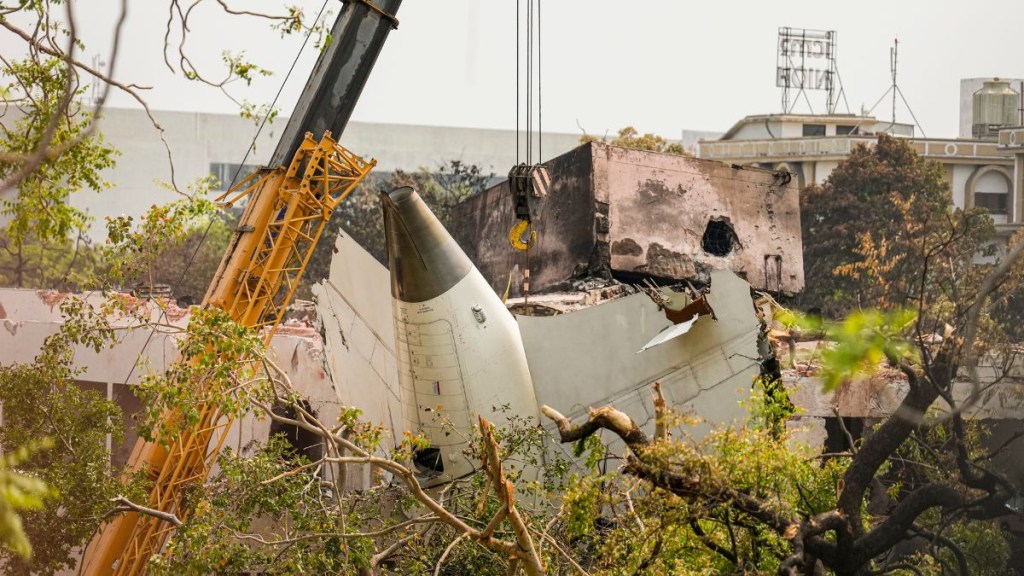Air India Plane Crash In Ahmedabad: A clearer, enhanced video of the Air India AI171 crash has surfaced on social media, showing what experts say is clear evidence that the aircraft’s Ram Air Turbine (RAT) was deployed shortly after take-off from Ahmedabad on June 12. The 18-second clip, with improved visuals and audio, distinctly captures the turbine’s high-pitched whine, an emergency device that activates only under extreme circumstances like total engine or power failure.
What does the RAT tell us?
Aviation analysts say the activation of the RAT on a Boeing 787 Dreamliner indicates a catastrophic dual engine failure or total hydraulic/electrical power loss. The turbine, designed as a last resort, provides just enough power to manage flight controls and communications. “It’s not meant for loss of all power at such low altitude,” an expert told.
Enhanced video of the moment AI171 crashed appears on social media and gives a clearer indication that the aircraft's Ram Air Turbine was deployed shortly after take off from Ahmedabad.
— Breaking Aviation News & Videos (@aviationbrk) June 15, 2025
The new video is sharper and with better audio than the one widely circulated on the day of… pic.twitter.com/XwU7NbVx25
Unusual take-off roll raises questions
The Air India Dreamliner that crashed in Ahmedabad reportedly used the full 3.5-kilometre runway before take-off longer than the typical 2.5 to 3 kilometres needed for such aircraft, according to a The Times of India report. No anomalies were reported prior to departure. An airport source confirmed there were no requests for runway changes, thrust modifications, or flap adjustments. Weather and visibility conditions were stable, and ambient temperatures were within operational limits. These factors suggest that the flight appeared routine until the critical failure occurred shortly after take-off, leaving investigators puzzled about what triggered the fatal descent within seconds of becoming airborne.
Airport CCTV footage has confirmed that the Air India AI171 aircraft used the entire 3.5-kilometre runway during take-off, far longer than usual. Ground staff and ATC observed no visual anomalies, engine failure indicators, or abnormal pitch movements. Pre-flight communication and protocols were reportedly followed without deviation. Crucially, there was no fire or explosion visible before the crash, effectively ruling out an in-flight fire. The aircraft’s sudden descent just moments after take-off ended in a devastating collision with the BJMC hostel. Investigators remain focused on understanding the cause, with attention on possible thrust, flap, or systemic failures that led to the tragedy.
Just 17 seconds into flight, the aircraft descended rapidly. The final cockpit transmission to ATC “Thrust not achieved… falling… Mayday! Mayday! Mayday!” was confirmed by Ahmedabad police. The plane crashed into the BJMC hostel, killing over 270 people.
What do we know about the investigation till now?
Authorities are investigating three main possibilities: engine thrust failure during take-off, flap configuration malfunction and security breach or sabotage.
Also, a source close to the investigation told Reuters that mechanical failure, pilot error, and possible sabotage are all being actively examined. Two black boxes in the aircraft have been retrieved. These hold critical information about the final moments before the crash and help determine the exact cause.

